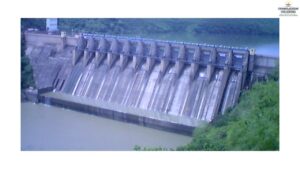Geography

Fall of the Berlin Wall: Reshaping Europe
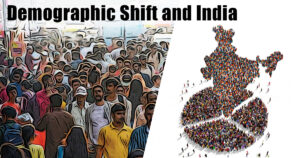
Demographic Shift and India

Shale Gas in Jharkhand
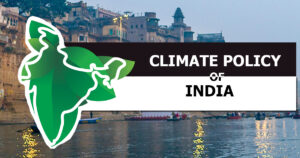
Climate Policy of India
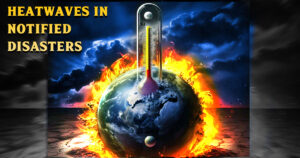
Non-Inclusion of Heatwaves in Notified Disasters
Unveiling the Mystery of Pink Sand in Australia

Medicanes: Mediterranean Hurricanes
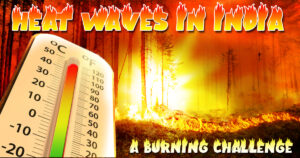
Heat Waves in India: A Burning Challenge
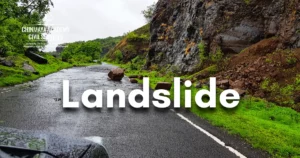
Landslide
